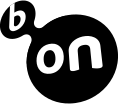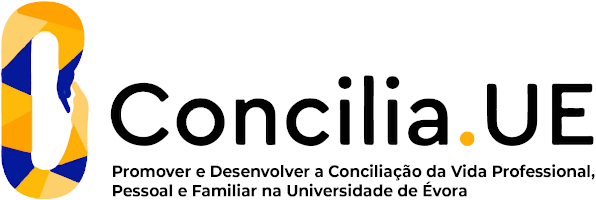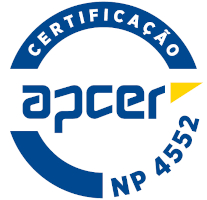2025
Tópics in Investments
Name: Tópics in Investments
Code: GES12564D
6 ECTS
Duration: 15 weeks/156 hours
Scientific Area:
Management
Teaching languages: Portuguese
Languages of tutoring support: Portuguese, English
Regime de Frequência: Presencial
Sustainable Development Goals
Learning Goals
This unit goal is to familiarize the students with assets pricing stochastic models (both in discrete and continuous time),
interest rate stochastic models and portfolio optimization problems. To achieve this goal it is necessary to introduce
some fundamental notions of stochastic calculus. The expected learning outcomes are as follows:
• Capacity to develop formal analytical reasoning.
• Capacity to analyze scientific articles using dynamic asset pricing models.
• Capacity to do research in advanced topics of asset pricing and portfolio optimization theory.
The following skills (general competencies) are also developed:
• Capacity for abstraction, model building and critical thinking;
• Ability to speak and write, ability to transmit and receive ideas and information;
• Ability to carry out investigation.
interest rate stochastic models and portfolio optimization problems. To achieve this goal it is necessary to introduce
some fundamental notions of stochastic calculus. The expected learning outcomes are as follows:
• Capacity to develop formal analytical reasoning.
• Capacity to analyze scientific articles using dynamic asset pricing models.
• Capacity to do research in advanced topics of asset pricing and portfolio optimization theory.
The following skills (general competencies) are also developed:
• Capacity for abstraction, model building and critical thinking;
• Ability to speak and write, ability to transmit and receive ideas and information;
• Ability to carry out investigation.
Contents
1 Basic notions of stochastic calculus
2 Basic notions of arbitrage based valuation applied to dynamic financial models
a) Pricing e Hedging
b) Fundamental theorem of asset valuation
c) Derivatives valuation (European and American type)
d) Cox, Ross, and Rubinstein binomial model (discrete time)
d) Deduction of Black-Scholes formula
d) Complete versus incomplete markets
3 Interest rate models
a) Models for short term interest rates
b) Models for the Forward interest rate
4 Optimization problems
a) Portfolio optimization
b) Risk minimization
c) Valuation in incomplete markets
2 Basic notions of arbitrage based valuation applied to dynamic financial models
a) Pricing e Hedging
b) Fundamental theorem of asset valuation
c) Derivatives valuation (European and American type)
d) Cox, Ross, and Rubinstein binomial model (discrete time)
d) Deduction of Black-Scholes formula
d) Complete versus incomplete markets
3 Interest rate models
a) Models for short term interest rates
b) Models for the Forward interest rate
4 Optimization problems
a) Portfolio optimization
b) Risk minimization
c) Valuation in incomplete markets
Teaching Methods
Classes are theoretical-practical, with exposure of the main concepts and models and demonstration of their application to concrete situations. They are supported by powerpoint presentations, as well as support material available on the Moodle e-learning platform. Student participation is encouraged.
The pedagogical model is based on: teaching centered on student learning; in the development of disciplinary and transversal skills; in the use of digital resources as communication management and flexibility tools; in self-regulatory assessment practices for student learning; in a strong articulation of teaching and research.
Students have to do assignments, where they have to apply the instruments and techniques learned in class, and carry out critical analyzes of articles.
The pedagogical model is based on: teaching centered on student learning; in the development of disciplinary and transversal skills; in the use of digital resources as communication management and flexibility tools; in self-regulatory assessment practices for student learning; in a strong articulation of teaching and research.
Students have to do assignments, where they have to apply the instruments and techniques learned in class, and carry out critical analyzes of articles.
Assessment
As already mentioned, the final grade of the curricular unit is obtained by three types of assignments: 50% - Final Work; 35% - Works by program content; 15% - Critical Summaries of Research Seminars. The minimum grade is 7 points in each type of assessment.
All work is presented and discussed in the classroom, with the aim of generating debate and discussion.
Approval is only obtained with an overall grade equal to or greater than 9.5 points.
All work is presented and discussed in the classroom, with the aim of generating debate and discussion.
Approval is only obtained with an overall grade equal to or greater than 9.5 points.
Teaching Staff
- Elisabete Gomes Santana Félix Amado [responsible]





















